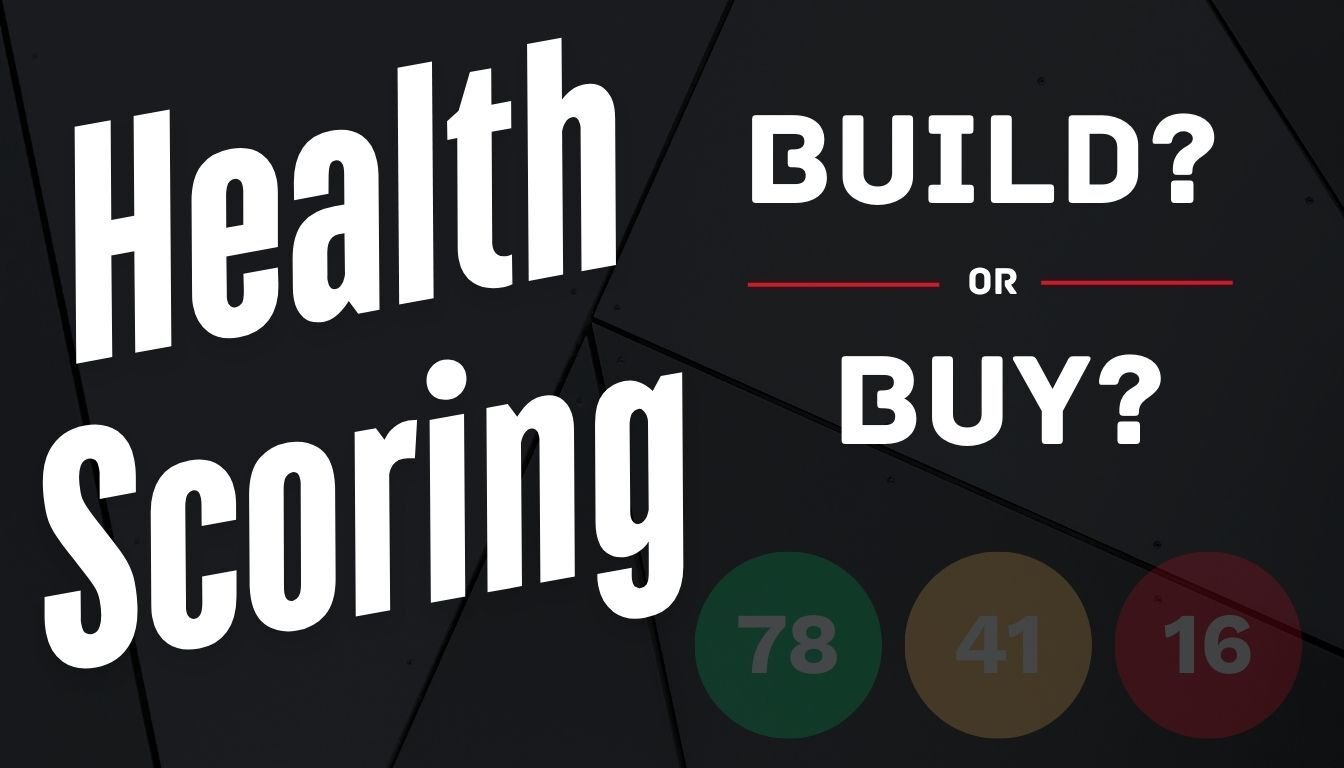The Perfect Balance: Speed and Quality in SaaS Product Development
Striking a Balance Between Speed and Quality in SaaS Product Development In today's rapidly evolving Software as a Service (SaaS) landscape, the...
6 min read
Brian Polackoff
:
Aug 12, 2024 11:15:00 AM

Software as a Service (SaaS) has revolutionized the way businesses operate by providing scalable, on-demand access to software applications, highlighting the need for modern testing methods. However, with the benefits come significant challenges in ensuring the quality and reliability of these SaaS products. Effective SaaS Testing and Quality Assurance (QA) are pivotal in maintaining the functionality and reliability of these services. This article delves into the common challenges in SaaS testing, explores the tools that enhance quality, discusses best practices for QA, the essential steps in defining a SaaS testing strategy, and methodologies for managing regression and bugs in SaaS offerings.
SaaS applications introduce unique QA testing challenges due to their web-based, multi-tenant nature. They must efficiently handle various users simultaneously and adapt to different environments, which can be tested effectively using load testing. Ensuring consistent functionality across numerous devices and browsers adds another layer of complexity, necessitating a versatile testing approach within the team. Consequently, SaaS applications demand rigorous compatibility testing, continuous performance testing, and accessibility testing to meet user expectations and avoid disruptions, addressing challenges that SaaS solutions often face.
One of the primary obstacles in SaaS testing methodologies is the rapid deployment cycles. SaaS companies often release updates frequently, making manual tests impractical, thus necessitating the need for good QA automation tools. Another challenge is the need for robust security testing to protect sensitive customer data. Ensuring that the SaaS platform complies with various regulatory requirements can also be daunting for a SaaS startup. Additionally, the dynamic nature of SaaS environments requires continuous monitoring and testing to maintain service quality and availability.
Automation plays a crucial role in overcoming SaaS testing challenges. Automation testing can significantly reduce the time required to execute repetitive tests, thus keeping pace with the rapid deployment cycles. Automated regression tests ensure that new updates do not introduce bugs into existing functionality. Tools for test automation can also enhance security testing, performance testing, and other types of tests, providing comprehensive coverage and improving the overall efficiency of the QA team.
Several tools lead the market in automating SaaS tests. Selenium is widely used for its robust capabilities in web application testing. Jenkins integrates seamlessly with development workflows, facilitating continuous integration and continuous delivery (CI/CD) pipelines, which are critical tools and testing approach elements for SaaS automation testing. Tools such as TestComplete and Ranorex offer extensive features for automating various types of software testing, including functional and regression tests. Using these tools, QA engineers can ensure that the SaaS application performs reliably and efficiently under different scenarios and environments, thereby improving the software product.
SaaS testing tools must integrate seamlessly with the development team's workflow to maximize efficiency. Integration with version control systems like Git ensures that automated tests run every time the codebase changes. Collaboration tools like JIRA can help track and manage bugs more effectively. Communication platforms, such as Slack, can provide real-time updates about testing processes and results, enabling the development team to respond quickly to issues. This harmonious integration facilitates a more agile and responsive testing approach, ensuring better software quality through good QA practices.
Essential features in SaaS testing tools include robust automation capabilities, support for CI/CD frameworks, and comprehensive test management functionalities. Tools should support various types of tests, including functionality tests, security tests, and performance tests, as these are essential testing methods in ensuring SaaS solution reliability. Integration capabilities with bug tracking, version control systems, and integration testing are also critical. Moreover, tools that provide detailed reporting and analytics can help QA teams understand test coverage and identify areas needing improvement, thus ensuring that the SaaS application meets quality standards.
Implementing best practices in SaaS application testing can significantly enhance software quality. Establishing clear test plans and strategies from the outset ensures comprehensive test coverage and a robust testing infrastructure, which are essential tools and testing approach components within the team. Prioritizing automation for repetitive and regression testing frees up resources for more critical, exploratory testing. Regularly updating test cases based on new feature releases and user feedback ensures they remain relevant. Additionally, adopting a shift-left approach by involving QA engineers early in the development process can help identify and mitigate issues sooner, resulting in a more robust SaaS product for any SaaS startup.
Test cases are fundamental to effective SaaS testing, forming the backbone of any robust testing procedure. They provide a structured approach to testing various functionalities and ensure that every aspect of the application is examined, which is a critical part of one of the key testing approach concepts. Well-documented test cases help QA teams to execute tests consistently and efficiently, reducing the risk of overlooking critical issues. Test cases should cover a broad spectrum of scenarios, including edge cases, to ensure that the SaaS application performs well under all conditions, which requires a meticulous testing procedure. Furthermore, automation of these test cases can ensure they are run consistently in every build cycle.
Usability testing is critical in SaaS QA testing because it ensures the application is user-friendly and meets customer expectations. This type of testing evaluates the SaaS application's interface, navigation, and overall user experience. By involving real users in usability testing, QA teams can gather valuable feedback and identify areas of improvement. Ensuring that the SaaS application is intuitive and accessible enhances customer satisfaction and can lead to increased user adoption and retention, which is vital for the success of any SaaS business.
A well-defined SaaS testing strategy is essential for ensuring comprehensive quality assurance. The first step involves identifying the testing scope, including the functionalities and features to be tested, and setting a clear testing procedure for each. Establishing clear testing objectives and success criteria is crucial. The strategy should outline the types of testing to be performed, such as functional testing, security testing, and performance testing. It should also detail the tools and resources required, the test data management approach, and the roles and responsibilities within the QA team. Continuous monitoring and adjustments based on test results and feedback ensure that the strategy remains effective over time.
Traditional testing and SaaS testing differ significantly in their approaches due to the inherent nature of SaaS applications. Traditional testing often deals with on-premises applications, with a focus on extensive manual tests before each release. In contrast, SaaS testing requires frequent and often automated testing due to the continuous delivery models. SaaS testing emphasizes integration and performance testing across various environments, ensuring the application can handle multiple users and operate effectively in a cloud environment. Additionally, SaaS testing necessitates robust security and compliance checks, which are less intensive in traditional testing scenarios.
The core components of a SaaS testing strategy include a comprehensive test plan, an automation strategy, and a rigorous security testing approach. A detailed test plan should specify the scope, objectives, and types of tests. The automation strategy should identify which tests can be automated to ensure efficiency and thoroughness. Security testing is vital to safeguard sensitive data and ensure compliance with privacy regulations. Performance testing is also crucial to ensure the application can scale and handle the expected load, contributing to a reliable testing infrastructure. Lastly, continuous monitoring and feedback loops are essential to adapt the strategy and address emerging issues promptly.
Regression testing is crucial in SaaS products to ensure that new updates or changes do not negatively impact existing functionality. Given the frequent updates in SaaS applications, automated regression tests allow QA teams to quickly verify that existing features still work as expected after each update, ensuring good QA practices. This type of testing helps identify issues early, reducing the risk of deploying buggy software that could disrupt the user experience. Effective regression testing maintains the reliability and stability of the SaaS application, preserving user trust and satisfaction.
Effective bug management is essential for enhancing SaaS QA. A well-organized bug tracking system allows the QA team to efficiently log, monitor, and prioritize issues, which is an integral part of software QA. Clear communication between the QA team and the development team ensures that bugs are addressed promptly. Regular bug review meetings can prioritize issues based on their impact on the user experience. Automation tools can further enhance bug management by quickly identifying and documenting issues. By streamlining the bug management process, SaaS companies can maintain high software quality and deliver better products to their users.
Automating testing to quickly identify bugs involves integrating robust automation frameworks into the CI/CD pipeline. Tools like Selenium, Jenkins, and TestComplete can execute a wide range of tests, including integration testing and browser testing, automatically with each code change, providing immediate feedback on any issues. Automated tests should cover critical functionalities, security aspects, and performance metrics to ensure comprehensive coverage. Real-time reporting and alerting systems can notify the QA and development teams of any detected bugs, enabling swift resolution and demonstrating the efficiency of the testing approach within the team. This approach ensures a rapid and efficient identification of bugs, minimizing downtime and maintaining the quality of the SaaS application.

Striking a Balance Between Speed and Quality in SaaS Product Development In today's rapidly evolving Software as a Service (SaaS) landscape, the...

In B2B SaaS, understanding and proactively managing customer health is paramount to sustained growth and profitability. A robust customer health...

When you’re a startup navigating the complex waters of a B2B SaaS business, the importance of an effective board deck cannot be overstated. Your SaaS...